Different pricing models for website development commonly include hourly rate pricing, project-based pricing (flat rate), value-based pricing, retainer-based pricing, and time and materials pricing.
Here is a detailed overview of each:
| Pricing Model | Description | Pros | Cons |
|---|---|---|---|
| Hourly Rate Pricing | Charging clients based on the actual hours worked on the project. | Flexible for evolving requirements; clients pay for actual work done; good for small tasks or maintenance. | Can lead to uncertainty for clients about total cost; requires detailed time tracking. |
| Project-Based Pricing (Flat Rate) | A fixed price is agreed upon for the entire project based on estimated time and resources. | Provides budget transparency; motivates efficiency; clients know upfront cost. | Risk of underestimating scope; scope creep can cause disputes; less flexible to changes. |
| Value-Based Pricing | Pricing based on the value or business impact the website delivers rather than time or resources. | Aligns price with client’s perceived value; can be more profitable for developers. | Requires deep understanding of client’s business; harder to quantify and justify. |
| Retainer-Based Pricing | Clients pay a recurring fee for ongoing services such as maintenance or updates. | Provides steady income; good for long-term relationships and continuous support. | May not suit one-off projects; requires clear agreement on deliverables. |
| Time and Materials Pricing | Combines hourly rates with costs of materials/tools, billed as project progresses in stages. | Flexible for projects without a fixed scope; allows negotiation of tasks and resources. | Requires careful tracking and frequent client communication; can be unpredictable cost-wise. |
Additional details:
-
Hourly rates vary by skill level and region but typically range widely; for example, in some markets, basic web design skills might be charged at lower rates, while advanced expertise commands higher fees.
-
Project-based fees often range from a few hundred to tens of thousands of dollars depending on complexity, with clear scope definitions essential to avoid disputes.
-
Value-based pricing is considered ideal by some experts because it focuses on the business outcomes rather than just time spent, but it requires strong client relationships and understanding of business impact.
-
Retainer models are common for ongoing website maintenance and updates, providing predictable revenue streams for developers.
-
Time and materials is suitable for large or complex projects where the full scope is unclear at the start, allowing flexibility but requiring transparency in billing.
Choosing the right pricing model depends on project size, client preferences, scope clarity, and the developer’s business goals.




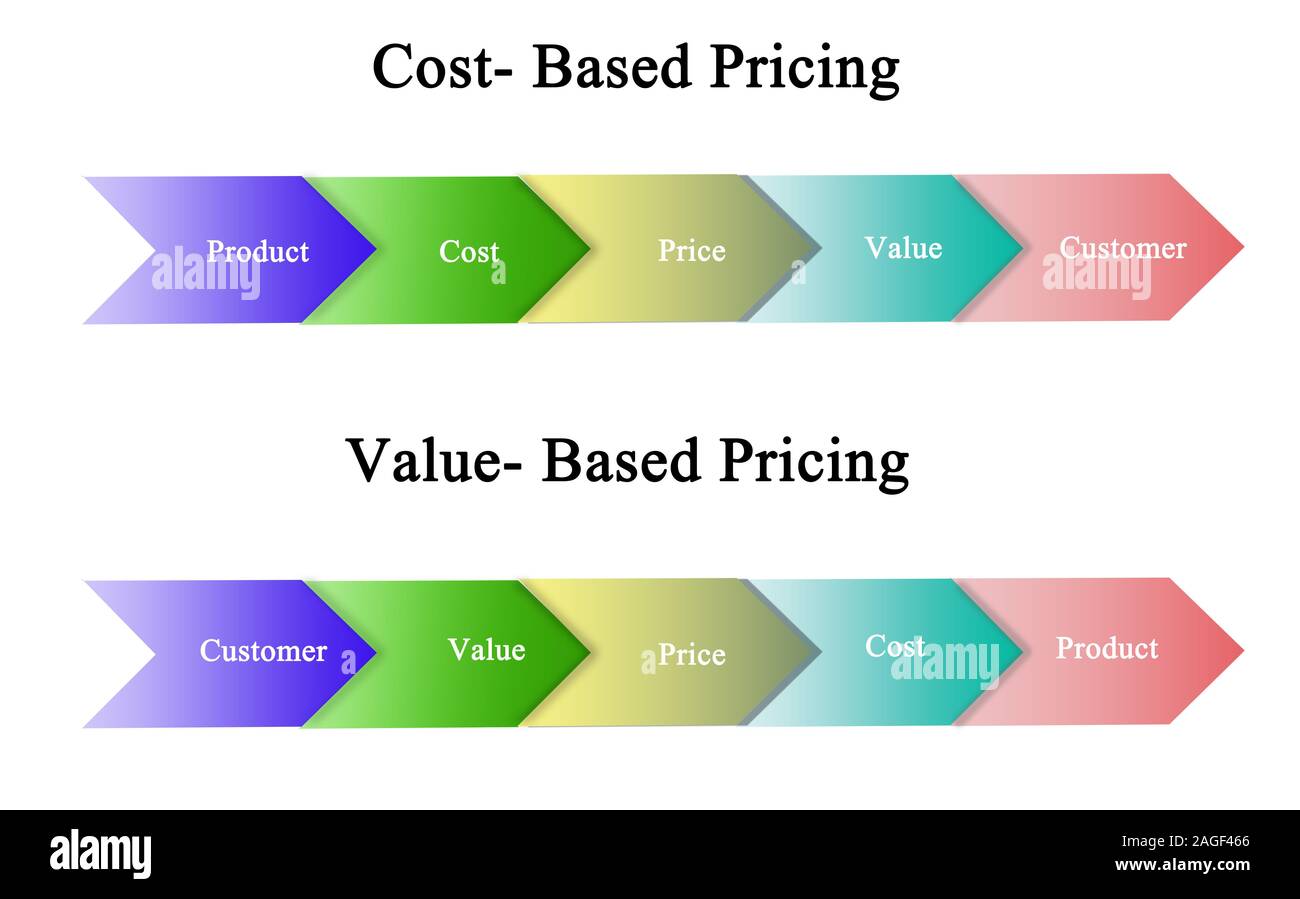







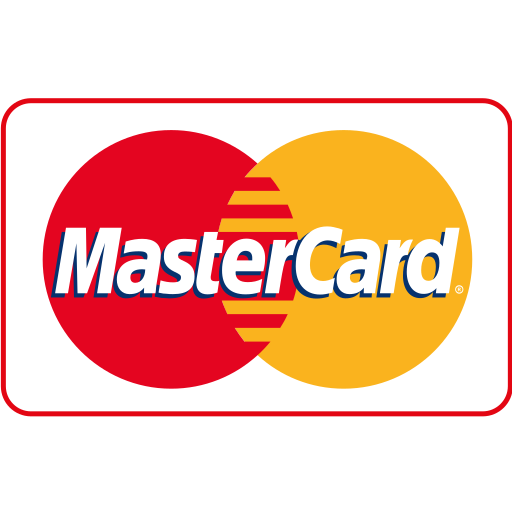
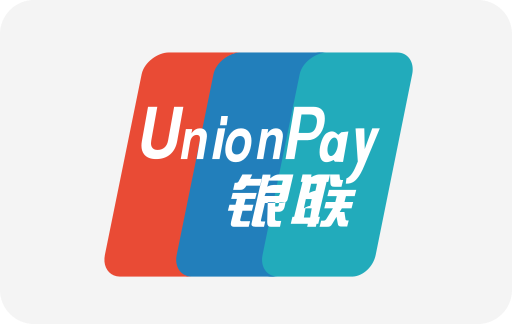
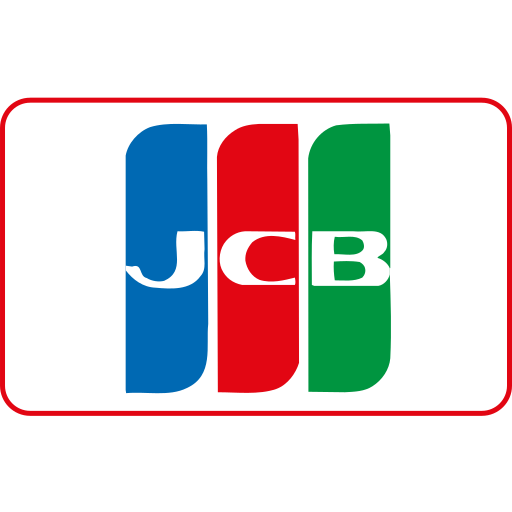



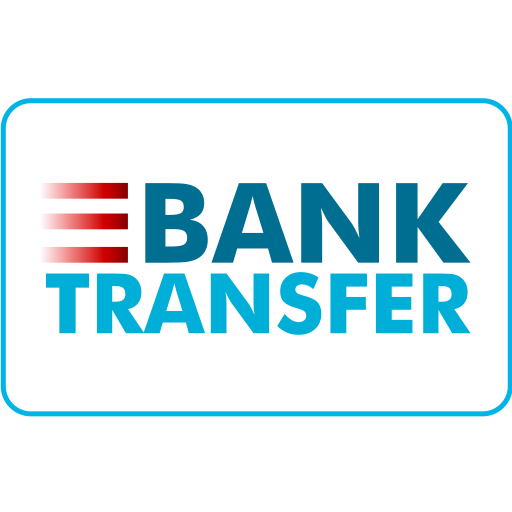
Ang PH Ranking ay nag-aalok ng pinakamataas na kalidad ng mga serbisyo sa website traffic sa Pilipinas. Nagbibigay kami ng iba’t ibang uri ng serbisyo sa trapiko para sa aming mga kliyente, kabilang ang website traffic, desktop traffic, mobile traffic, Google traffic, search traffic, eCommerce traffic, YouTube traffic, at TikTok traffic. Ang aming website ay may 100% kasiyahan ng customer, kaya maaari kang bumili ng malaking dami ng SEO traffic online nang may kumpiyansa. Sa halagang 720 PHP bawat buwan, maaari mong agad pataasin ang trapiko sa website, pagandahin ang SEO performance, at pataasin ang iyong mga benta!
Nahihirapan bang pumili ng traffic package? Makipag-ugnayan sa amin, at tutulungan ka ng aming staff.
Libreng Konsultasyon